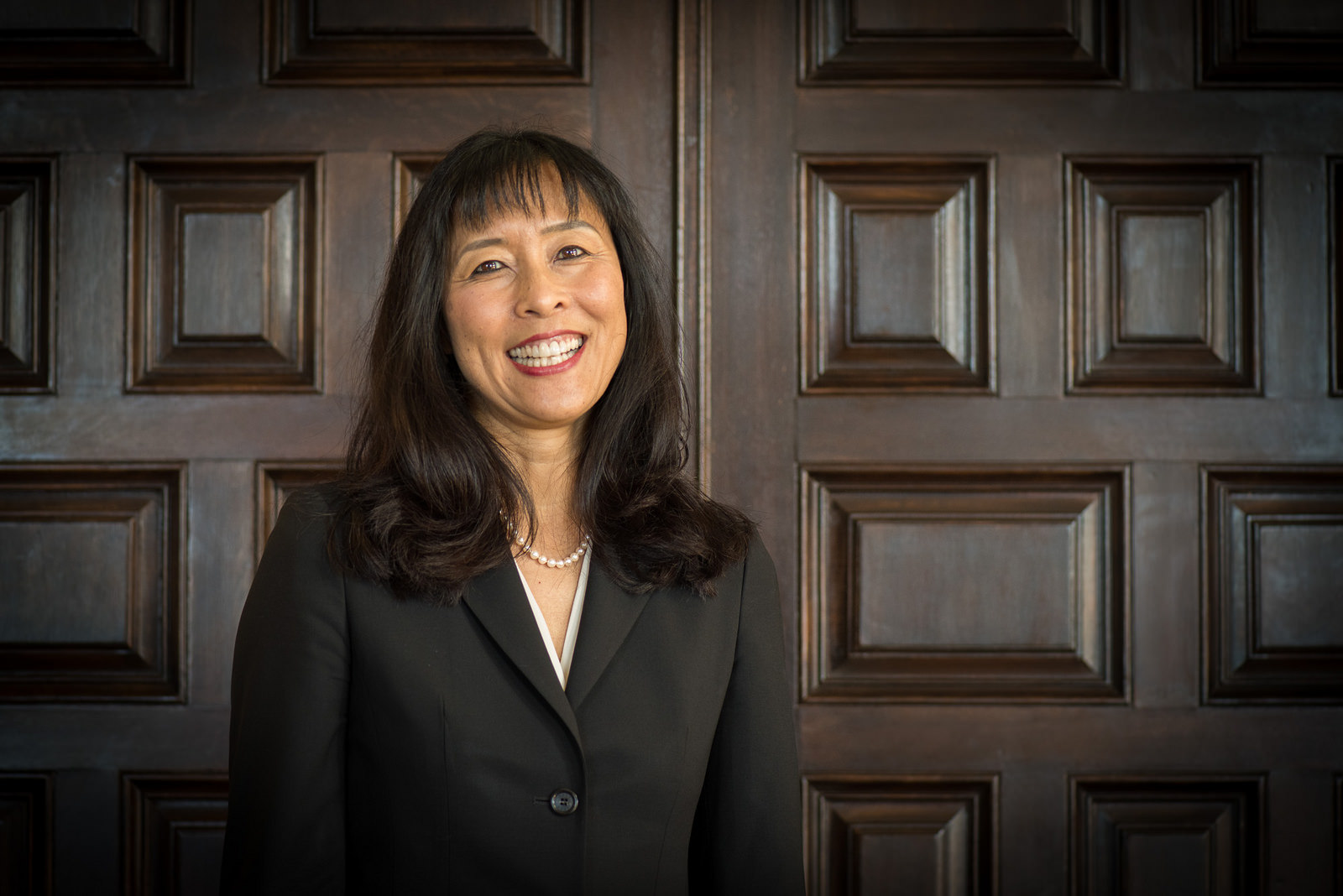LIVERMORE, Calif. — Jacqueline Chen, a distinguished member of the technical staff at Sandia National Laboratories, has been elected to the National Academy of Engineering. Chen is among the 99 new members from around the globe in the 2018 class.

Election to the National Academy of Engineering is the highest professional distinction for an engineer in the United States. Those in the new class will be formally inducted Sept. 30 during a ceremony in Washington, D.C.
Chen, who has spent her entire career working at Sandia’s world-renowned Combustion Research Facility, was chosen for her contributions to the computational simulation of turbulent reacting flows with complex chemistry. She believes her election recognizes the importance of chemically reacting flows in many important applications, such as combustion engines and the atmosphere, and the rise of computation to an equal status with theory and experimentation in the science trifecta.
“Computation at extreme scales requires interdisciplinary teams of physical scientists and computer scientists pushing computing’s limits to achieve scientific discovery,” she said. “Hence, this honor is really shared with the many graduate students, postdoctoral researchers and collaborators — from both combustion and computer science fields — who have contributed to a common goal of gleaning new understanding in combustion science through advanced computation. It was made possible through sustained sponsorship from the Department of Energy’s Office of Science, both from the Basic Energy Sciences and Advanced Scientific Computing Research offices.”
Chen actively works to lead this integration of high performance computing and engineering research through her involvement on both the ASCR advisory committee and the board of directors of the Combustion Institute.

Out of her numerous research achievements, Chen takes the most pride in understanding intricate turbulence-chemistry interactions, exemplified by a recent simulation of a turbulent jet of a complex hydrocarbon fuel spontaneously igniting at temperature and pressure conditions typical of a modern diesel engine. This work was performed with her current postdoctoral appointees, Giulio Borghesi and Alex Krisman, who represent the latest of a long line of 23 postdocs who have worked with Chen and gone on to impactful careers of their own. The simulation incorporated a chemical model for low- and high-temperature oxidation developed by professor Tianfeng Lu from the University of Connecticut. The simulation revealed how initial reaction waves rapidly move into fuel-rich mixtures, accelerating overall ignition. This result demonstrates that ignition timing, which affects fuel efficiency and emissions in a diesel engine, depends not only on complex low-temperature ignition chemistry, but also on its coupling with laminar and turbulent transport processes.
The simulation required restructuring the simulation code, S3D, to run effectively on the Oak Ridge Leadership Computing Facility’s Titan, the largest supercomputer in the U.S., which is composed of a mix of central processing units and graphics processing units. Working with Stanford University computer scientists who had developed a novel programming model for such heterogeneous supercomputers, the S3D code was able to run seven times faster than before, making it feasible to perform this ground-breaking simulation.
Looking ahead Chen said she intends to expand her research in two opposite directions.
“On the one hand, I would like to extend the range of scales and geometric complexity for first principles simulation of reactive flows so that these simulations, which have historically been limited to small canonical configurations, can be more relevant to practical applications. This is ongoing multi-laboratory research supported by the Department of Energy’s Exascale Computing Project,” she said.
“Conversely, as computers and algorithms become more capable,” Chen said, “I envision the development of multiscale simulation methods that can drill down to extremely small scales, enabling us to simulate molecular interactions within flow-generated temperature and composition gradients.”
Using molecular-level methods such as Direct Simulation Monte Carlo, Chen believes that it may be possible to develop reaction-rate models for important chemical reactions in nonequilibrium flow. Such models can then be used in larger-scale simulations of complex reacting flows. The ability to capture nonequilibrium effects on gas composition has implications, for example, for predicting the reliability of pulsed plasma ignition to restart a jet engine at high altitudes following a flame-out condition.
Chen’s advice to young scientists and researchers is to “believe in yourself, embrace technology advances not only in your own field but in cross-cutting fields and cultivate strong collaborations.”
Chen said many new scientific discoveries will be made at the intersection of multiple disciplines and will require creative thinking and a willingness to work outside of one’s comfort zone as part of a team.
“I’d also like to encourage more women to consider education and careers in science and engineering,” she said. “Unlike my generation, there are increasingly more role models across the entire research-and-development enterprise. It’s a rewarding career and a good time to jump in.”
Chen’s full bio can be found here.